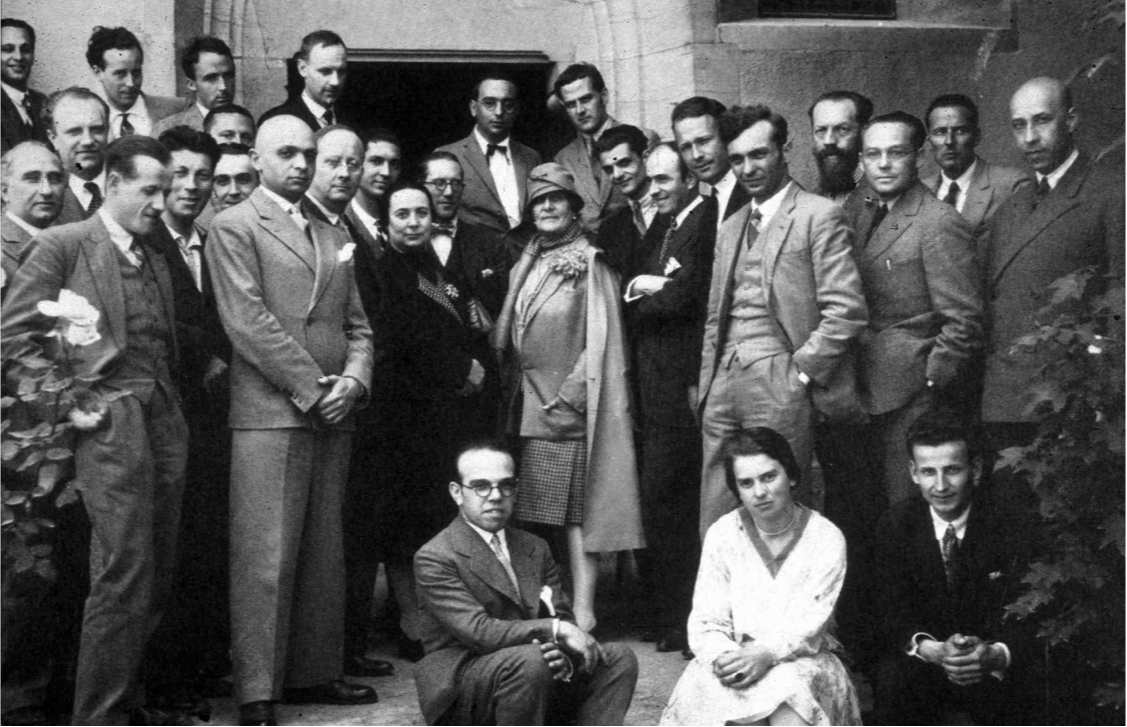Modern Life and the Urban Revolution

Every generation has redefined the spaces in which they want to live due to the changing circumstances of life. During the industrial revolution, modern architecture and urban planning emerged out of the need to provide new shelter to host the growing urban society and cater to their life, work and recreation. As a result ofthe changing economy, millions of people moved from the countryside to cities to work mainly in factories and offices. All of this required a major transformation in cities and, consequently, the building industry. Their new homes had to be built fast and made affordable to host them close to where they worked.
Additionally, health and wellbeing were some of the priorities to tackle in many of the existing buildings since most people lived in environments that were bad for them and that lacked proper light, ventilation, drinking water, electricity and hygiene. People were getting tired of the miserable conditions in which they lived, so they demanded a radical change. The unrest was appeased by providing society with better architecture in building cities where they could live and work. The new industries and technologies allowed for mass produced buildings and infrastructure to meet the growing demand. Infrastructure and dwellings were also designed considering the new means of transportation: airplanes, cars, ocean liners. Those were the new technologies of the time that architects and town planners responded to at the time and took into consideration whileplanning the new cities and buildings for the 20th century.
The Modern Movement

Industry was the driving force behind the evolution of the economy and cities. The new production and manufacturing methods also changed the taste of people towards simpler and non-decorated objects. The Bauhaus school and many other laboratories for modernity transformed many industries, arts and crafts such as textiles, ceramics, metal, painting, theater, cinema, photography, furniture, buildings and others. Modernity, at its best, carried the spirit of classicism but manifested it in new ways – in harmony with the new times. Abstract spaces dominated heroically in buildings and cities. They broke with the established norm and created new reality and ways of living.
The remarkable transformation during the first half of the 20th century was called the Modern Movement because it inspired an entire generation to create a new art, architecture, cities and ways of relation to the world. Some of its protagonists were Frank Lloyd Wright, Le Corbusier, Mies van der Rohe, Alvar Aalto, Walter Gropius, Louis Kahn, Oscar Nyemeyer and many others who achieved the status of international celebrities. They travelled, designed, built, and lectured all over the world. They were looked upon as the prophets of modern architecture and their work and words influenced their contemporaries and many of the future generations.
To learn more about Modern Architecture and Cities, check out our courses and programs:

